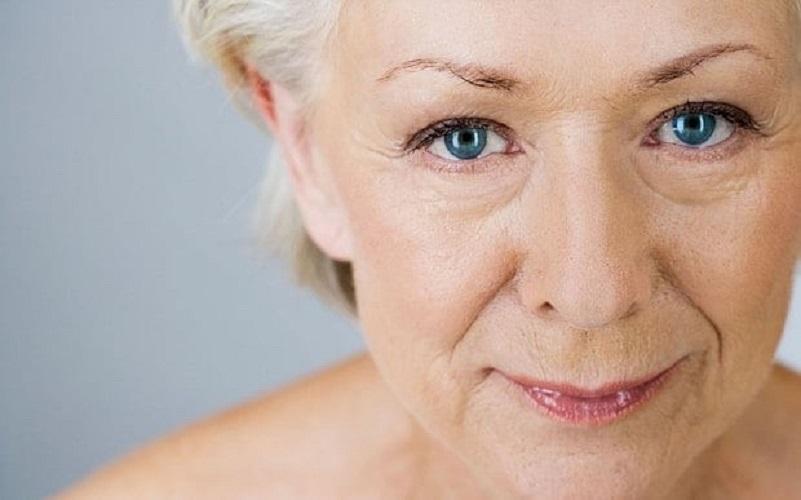Ageing & Nutrition: What You Should Be Getting More Of
The ageing population represent a vulnerable segment at risk of nutritional deficiencies due to chronic illnesses, heavy use of medications and lengthy hospitalisation. For these reasons, it is highly recommended that individuals who’ve reached midlife (40 years and above) take a closer look at their dietary requirements to achieve and maintain optimum health.
Signs of poor nutrition
Some symptoms associated with poor nutritional intake in the elderly are:
- reduced energy levels
- reduced amount of lean body mass (cachexia)
- a diminished sense of taste and smell
- oral health problems
- changes to appetite
- reduced GI motility and digestive capacity
Good nutrition plays a significant role in determining the well-being of older people and reducing the risk of diseases. For instance, it has been observed that eating too few fruits and vegetables may be responsible for close to three million deaths worldwide every year. In addition, dietary fat intake seems to be associated with various cancers while nutritionally unbalanced diets, which are often associated with diabetes, play a significant role in increasing the risk of developing coronary heart disease.
Many of the diseases suffered by older persons are a result of dietary factors, some of which have been in operation since infancy. Food preferences tend to be formed in childhood and children who eat a balanced diet with lots of fruits and vegetables are more likely to continue with these dietary habits when they become adults. On the other hand, parents who consume too much processed foods with high levels of salt, sugar and fat tend to pass on such unhealthy dietary choices to their children. Because our taste buds have been accustomed to certain foods, we seek out such foods in our daily diet.
Nutrition for the ageing
While it is better to start eating a balanced diet early in life, it’s never too late to change your dietary habits, reap the rewards, and achieve improved health states. It should also be noted that nutritional requirements change as the body ages, with calorific needs decreasing and nutritional needs increasing.
When working with dietary requirements, here are some key points to consider. Pay particular attention to these major food groups as well as the following macronutrients and micronutrients:
-
Protein - The recommendation for the older generation is currently set at 0.8g/kg body weight. Appropriate sources of quality protein include lamb, chicken, pork, nuts and legumes, eggs, fish and dairy products.
-
Calcium - Optimising calcium intake is an integral part of reducing the risk of osteoporosis. A number of factors associated with ageing may adversely affect calcium absorption and metabolism, particularly among older women. Lowered circulating levels of oestrogen and vitamin D may inhibit calcium absorption resulting in accelerated bone loss. Lack of gastric acid (which occurs as we age) and a decline in intestinal transport of calcium also impair calcium levels.
-
Antioxidants - Increased intake is essential for fighting the symptoms of ageing. Antioxidants are also known to support cardiovascular function.
-
Vitamin D - Considered both a hormone and a vitamin essential for maintaining skeletal health, Vit D plays a central role in determining bone density. Apart from sunlight, good sources of Vit D are fish (salmon, sardines, oysters, mackerel), fish oils and some dairy products.















